Amidst guiding, outfitting, and plenty of personal trips in between, I’m blessed to have “crossed the line” into the BWCA 88 different times. I look back at all those incredible memories and know beyond a shadow of a doubt that the Boundary Waters still has plenty of surprises in store and so many more breathtaking moments to come. I also believe I have learned a thing or two along the way, and some of those lessons have helped me plan my trip routes. Though my trip goals may bias my planning, I believe these principles can help anyone, whether it’s your first trip into the BWCA or your 100th.
As the number of visitors to canoe country has ballooned these past couple of years, so too have the concerns that have circled increased traffic, reduced permit availability, increased leave-no-trace violations, and a variety of other user-based woes. I, of course, have not been immune to them. I have spent long afternoons searching miles of shoreline without an open site, fixed or written off packs torn open by critters habituated to handouts, and hauled hundreds of pounds of garbage out with me. None of that is ideal, and it can be downright irritating at times, but I have begun learning how to plan routes that still allow me to enjoy this incredible wilderness area without those other things ruining it. Admittedly, I am lucky enough to take numerous trips a year, so one bad trip is not the sign-off to my experience. But I believe that a well-planned route, a flexible mindset during the trip, and a willingness to take in the adventure for what it is can truly give a positive experience more often than not.
So what does route planning look like for me?
Step 1) Establish your group’s goals for the trip. This is an essential step in everyone coming away with some positive experiences, but this can also be challenging. Naturally, the most experienced people in the group are usually the most organized with their goals. There also have been countless groups who have been led into a miserable experience by their seasoned leader’s ambitions. Talk to all of your group members. Hear out their dreams, their concerns, and their fears for the upcoming trip. It’s okay if not every person going is comfortable. As you piece together the group’s cumulative goals, you’ll find that not every group member is going to get everything they want out of a trip and that’s okay. Listen to the group’s dreams and begin planning your trip style around the majority. Also, be aware of every group member’s limitations such as physical challenges which impact how they portage or how far they can paddle. Taking all these things into account before you start dreaming up your perfect trip is how to take an adventure that everyone can be happy with.
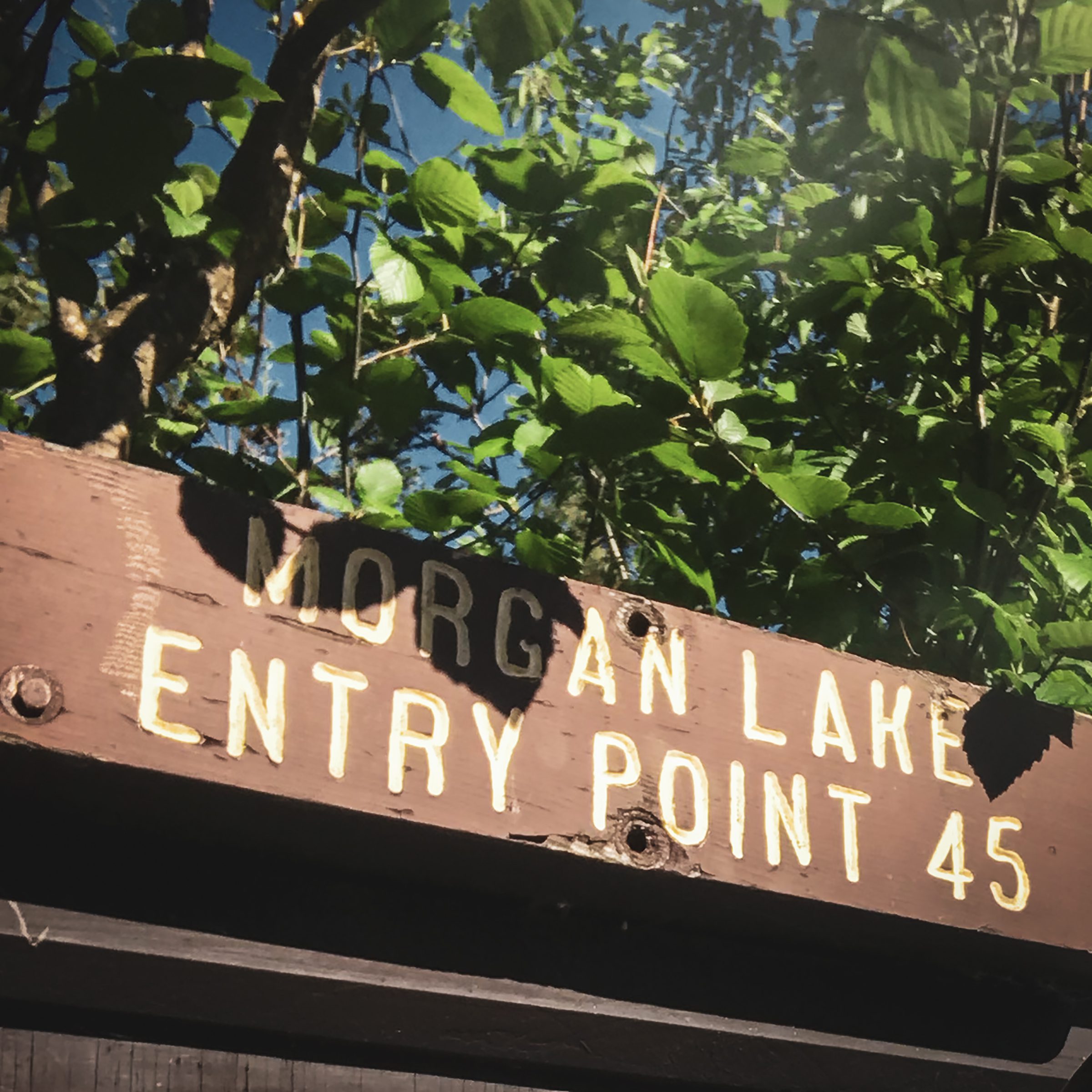
Step 2) Take a good long look at your entry point. As the Boundary Waters’ visitation has been increasing again these past few years, more and more people are having to settle for an entry point that was not their first pick. Going to a new place can be a challenge for people, especially when you’ve grown attached to specific places and routes. As someone who has intentionally made a point of trying to take trips from every entry point, I can tell you that it is okay to try new spots. This big, beautiful wilderness of ours has so much variety that you might just encounter something new that you grow to like. That said, not all entry points are created equal. The entry point you choose will impact what your route looks like. Some entry points will force you to travel long distances to get to the first campsite. Some entry points only have one or two route options while others have dozens. Some entry points cater nicely to a loop trip while other entry points might require a pick up or a second staged vehicle unless you repeat a bunch of mileage. Also, some entry points have close proximity to outfitters and permit cooperators which are essential for acquiring your entry permit and any gear that you don’t already own. And yes, before you think of it, you do in fact have to enter at the location of your permit on the date of your permit, and no, it isn’t as bad as it seems. Some entry points do seem like they really set your group up for hardship right out of the gate, but trust me, a good route plan can redeem a challenging start.
Step 3) Plan your route contingencies. If I am leading a guided group, or going on a personal trip where I know one or two people in the group are new to canoe tripping, then the first thing I do with my route plan is to start thinking contingencies. The most exciting part of the planning may be dreaming up the places you might make it to if everything goes well, but being prepared for things not going perfectly helps ease those future discussions when group members need to scale back the route or other variables push you to change course. These contingencies involve having a good awareness of your entry point and exit point and where the “turnoffs” will be along the way. For example, entering at Moose Lake (Ely) heading east, I know that there are two main routes: following the border or going through Ensign. These naturally form a bail out loop. Thinking ahead towards contingencies, I know that if I make it to Knife, I have to go as far as the turn off to Bonnie before turning south if I want to avoid backtracking. The next ones after that are Sema and then Eddy. Knowing these turnoffs allows you to change course if the group needs a slower pace or if wind and weather forces you onto smaller lakes. And then, acknowledging those other routes, prepare one or two cool things to see. Being prepared to change your route from your ideal, and still being able to make the most of it, is one of the keys to being happy with the trip even if you don’t fully achieve your goals.
Step 4) Begin laying out what the days will look like. A lot of people that I have seen plan routes point at a campsite on the map and say “well if I can just make it there”, and I do this sometimes too, especially early in a trip when I am trying to stage myself well for later. Most of the time, however, I am not looking at one site or another, but I am looking along our route for zones of possibility. I never like hyping up a campsite ahead of time for any group I am a part of because campsite availability, especially for “five-star” sites, is something that is completely out of my control. A nice site can be a moral boost, but I do not want to count on it. Instead, I like to set one goal for each day of something that is a “landmark moment.” Landmark moments, for me, are something that could make the entire trip for someone in the group. These moments are also things that can help recover a not-so-great day. Landmark moments can be anything from cool historical sites, overlooks, amazing trees, waterfalls, cliffs, or even tough portages that give the group a feeling of achievement. These are the things that I try to plan in so, if nothing else, there will be stand-out moments in the trip. These landmark moments have to be something reliable that you can count on always being available for your group to enjoy. On a travel trip, these landmark moments help set the pace for each day. On a base-camping style trip, landmark moments can be day-trip destinations. Landmark moments do not have to be a huge time commitment; sometimes a brief stop at a cool site is enough. As a group leader of a personal trip, you can decided how much you want to hype up your potentially cool destinations. Sometimes it’s nice for the rest of the group members to not have to be tied down to every detail and to simply enjoy the experiences along the way. When I’m guiding, I may not disclose all of these cool things ahead of time because I have found that, as much as they can bolster group moral, they can crush it if we are unable to achieve a destination someone really wants. In our Moose Lake entry example, I would set my sites on Knife for day one. This can be risky as I will talk about in step five. On that first day, I would likely stop at the historic logging dam site on Knife and show the old cut logs and then swing by Isle of the Pines to talk about Dorothy. Day two, perhaps I would bring my group to Thunder Point for the overlook and then enjoy the narrows into Little Knife with the international boundary on either side. Depending on what way I cut south, perhaps I would stop at Bennie’s old place on Ottertrack and check out his plaque or maybe I would spend some time on the Hanson/SAK portage with the old cedars. Of course Eddy Falls must be a destination either on day two or three. On the way back to Moose, I would swing by a few of the awesome sites on Kekekabic, see a historical site or two, maybe stop by a couple of the lesser known pictograph sites along the way, and I would also make a stop at Cattyman Falls. For me, having these stops built into the trip allow for those potential highlights everyday and let the trip satisfy every group member’s interests.
Step 5) Plan for campsites that meet your groups needs. Of course everyone would love to have the perfect 5 star site with a view of the sunset, a nice carpet of pine needles, and not a bug in site. But, realistically, I like to set my course towards the campsite that meets my group’s biggest desires. If those desires are to fish, than maybe I’ll stop earlier in the day to snag a more sought after site. If the goal is to travel and see lots of territory, than I may take a not very nice site in order to keep us in an efficient launching spot for the next day. And if my group wants solitude, than perhaps I am planning for camping in an out-of-the-way spot or on the other side of an obstacle such as a difficult portage. Finding open sites has been one of the biggest complaints I have heard from folks these last few years, and it really can be frustrating, but here is what I have found to work most of the time. I have summed it up in this phrase: “If you want peace and quiet, go where others won’t go, go where others can’t go, or go when others can’t go.” What does this mean? Well, where others won’t go means aiming for campsites others don’t want. These are either sites that aren’t very nice (which is kind a drag) or sites in inconvenient places. It’s amazing how many people won’t paddle a couple miles off of their route plan or take one extra 30 rod portage to find a site. Also, putting distance between yourself and the “high traffic” routes is key. Knife is an amazing lake, and if I get the chance I’d love to camp there, but at least four entry points pour directly into it. People can access Knife from all sorts of different directions. Stepping out of that traffic stream can really whittle down your competitors. I have had great luck inconveniencing myself just slightly at the end of the day to get a site that others have passed over. “Can’t go” means getting to a spot that is out of reach for other people either because of skills or regulations. For example, if you are able portage out of the motorboat zone, you have instantly removed a small subset of the users competing with you for a campsite. If you are willing to paddle as far as you can on day one, you may be able to get past the higher volumes of groups closer to the entry. This could also mean working into technically challenging routes or the PMAs. And finally, when others can’t go means going in the shoulder seasons when the weather is less predictable or taking your trip starting on early weekdays. This isn’t practical for everyone (that’s the point), but a trip entering on a Tuesday or a Wednesday may be drastically less busy than the weekends and thus you may time yourself into a nice campsite. And finally, when planning for where we will camp for each night of the trip, I try to break up the biggest challenges as best as I can. I tend towards a model of a harder than average first day to allow my group to get further into the wilderness. From there, the days are often balanced with my route planned to break up the major hurdles as much as possible. If I can, I split up my longest portages by calling it a night in between, or if I can split up a really long paddle between portages by staying at a campsite in the middle, I will. If there is a section of really tough portages, I will try to put them at the start of the day when my group’s fresh. Obviously these ideals are not always feasible, but utilizing my campsite plans and other smaller breaks such as lunches and snacks to my advantage allows my group to maximize their experience and achieve as many of their mutual goals as we can.
Some people do not like planning a trip to this level of detail. For others, planning is the way to get through the long, canoeless winters. I believe though that a trip that is both well planned and flexible gives me the greatest opportunity to give myself and my group the best possible experience. At the end of the day, I want my group to walk away, regardless of the weather, bugs, or other things outside of my control, with at least the smallest chance to fall in love with this incredible wilderness as I have. For me, some version of these five steps is how I achieve that. As you grow in knowledge of the BWCA, some of these things become easier and more natural. Other parts are still important to check yourself on. For instance, it’s easy for me to set too high of expectations still since a trip that would challenge me may be unrealistic for a less-experienced group member. And even if I do everything right in terms of route planning, I still swing and miss sometimes and have to think on my feet mid-trip. It’s important to remember that having to figure some things out later is not a failure, but a simple reality of a wilderness trip. This is what I love most about this place. No matter how many trips I take, no matter how many lakes I see or portages I cross, it will always have something new in store to surprise me, teach me, and amaze me. Hopefully these five steps will help you plan the perfect trip, and even when that trip becomes less “perfect,” take that opportunity to embrace whatever unexpected treasures the Boundary Waters have for you. It may just make your adventure better than you could have possibly imagined.
Sign up for our newsletter to receive updates about new articles, great deals, and information about the activities you love and the gear that makes them possible:
Have You Read Our Other Content?
Map Mondays – Week 6 – Duncan to Duncan
As part of our continuing series on the “route planning game,” we are creating routes using randomly selected entry points, exit points, and number of days to create unique and fun BWCA routes. This week is a nice sightseeing and exploring kind of route entering at Duncan Lake east of the Gunflint Trail. Total Mileage:…
The Twenty Greatest Rivers and Streams of the BWCA
What makes something great is often a subjective matter, one formed of comparisons and perspectives. Is it the large size? How about the incredible strength, power, or position? Is it the beauty or some other awe-inspiring attribute which draws admiration and respect. Take the Great Lakes as an example of many of these definitions. West…
The BWCAW Permit and Visitor Use Report
At the end of July, last year’s visitor use report was published by the USFS. It notes current statistics and trends in visitor numbers and activities. It also provides a unique benchmark which, along with past visitor surveys (and more major studies from 2007, 1992, and 1969) gives a glimpse into the people utilizing the…
The Lost BWCA Entry Points
The Boundary Waters have always been steeped in discussions of how to manage the number of people who visit it. Unlike western wildernesses, there is no natural filter which prevents large numbers of visitors from enjoying it. Many wilderness areas are remote, buffered by dozens of miles of existing land that one must travel through…
Six Rules for BWCAW Portage Etiquette
If you are new to wilderness canoe camping, especially in a heavily used wilderness area like the BWCAW, then the group traffic at some of the busier portages in Canoe Country may come as a shock. Here are six [written and unwritten] rules you should apply the next time you portage on a well-congested portage trail.…
In the Context of Wilderness
Earlier this week, September 3rd, was the 59th anniversary of the 1964 Wilderness Act which established the BWCAW and 53 other areas as newly defined wilderness. The Boundary Waters Canoe Area Wilderness has since gone on to become one of the most well-known and widely-beloved wilderness areas in the country. In examining the BWCAW today,…
The Best Month To Plan A Canoe Trip? Might Be September…
For most of us, the best time to go on a canoe trip is any and every opportunity presented. But if you have a little flexibility in planning your trip, September is a wonderful month to visit canoe country. Here are a few reasons why September might be the best month to plan a wilderness canoe…
From the Boundary Waters to Superior – How the Water Falls
The Boundary Waters are one of the premier destinations in Minnesota and across the Midwest, but, as far as water is concerned, the Boundary Waters are not the end of the journey, but the beginning. Most people enthusiastic about the Boundary Waters know that it is divided into two watersheds along an invisible line known…

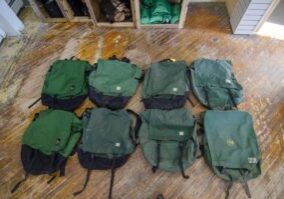
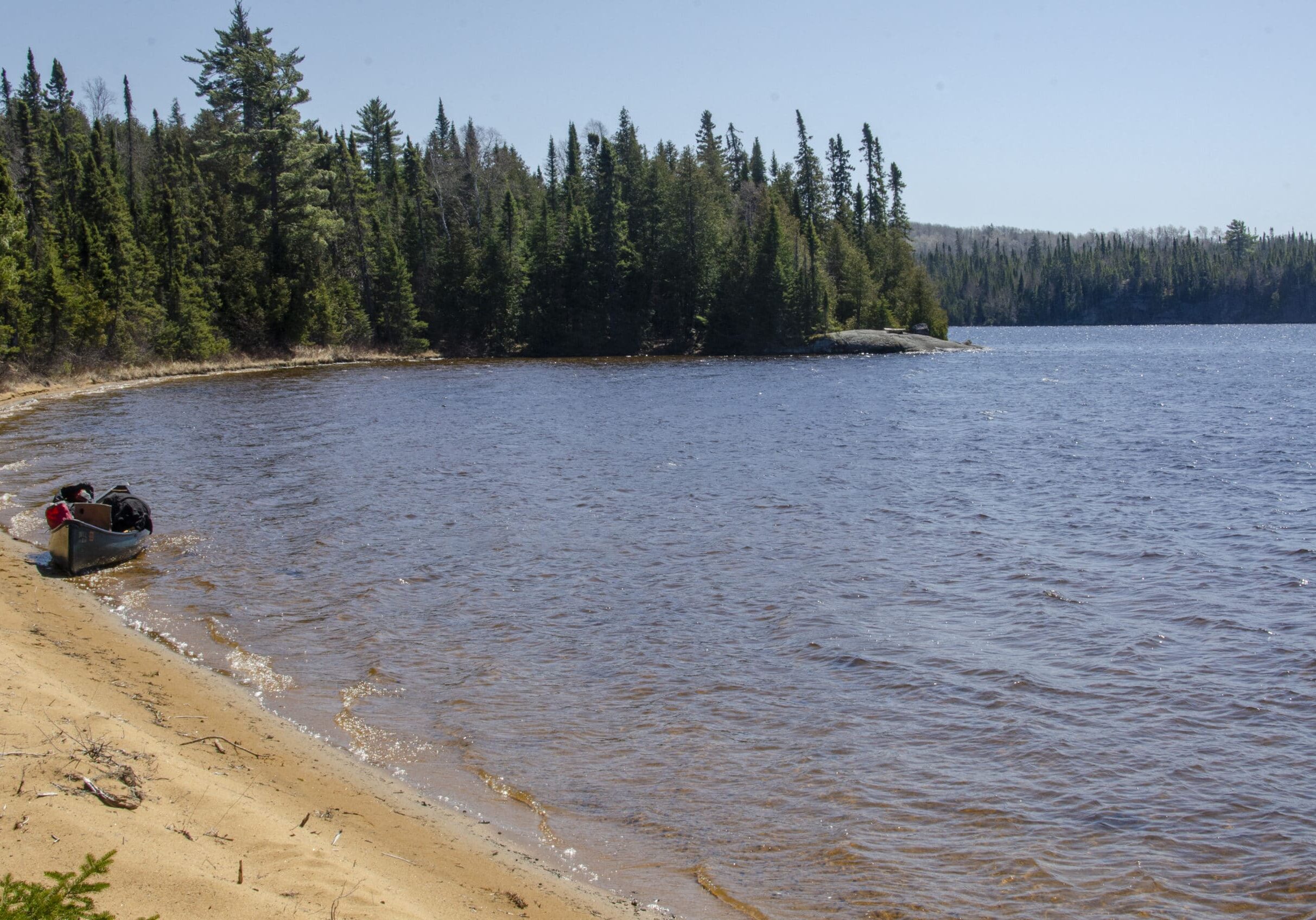


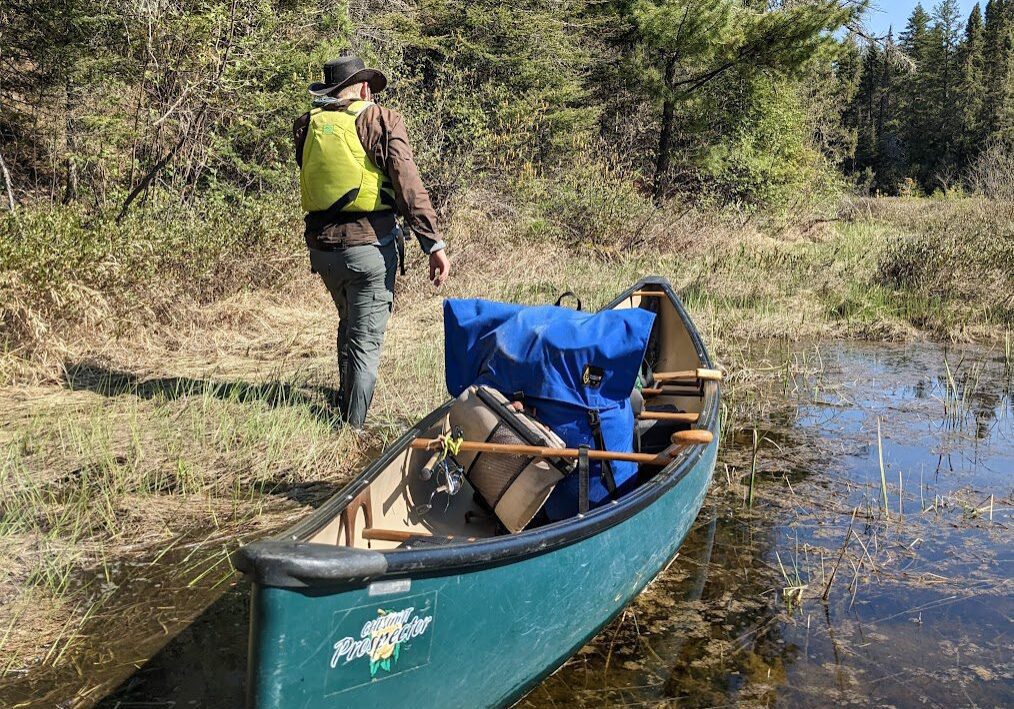


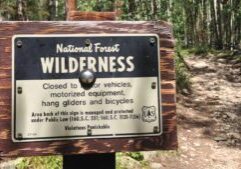
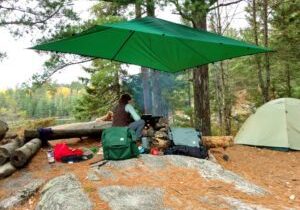
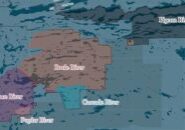

[…] the game is to plan out the route. I personally use the “treebear method” described in our article last year. Tailor the game by setting your group’s “primary goal” whether […]